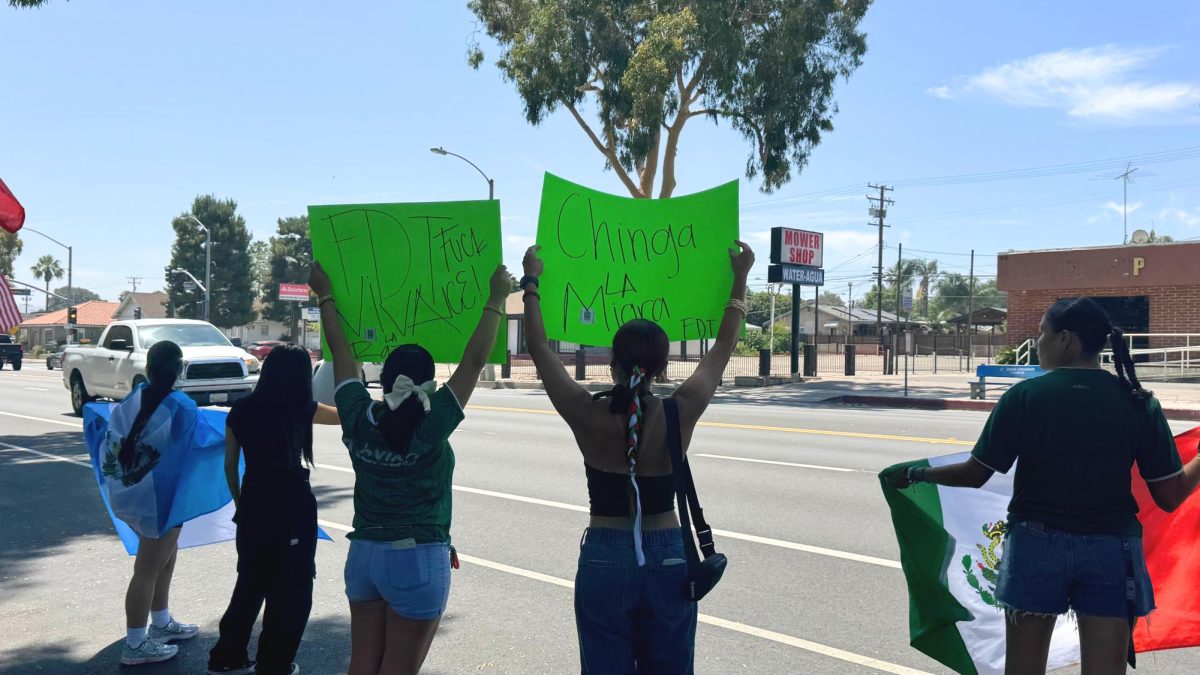Former President Donald J. Trump has been re-elected for his second non-consecutive term this 2024 election, and many Americans credit his financial plans for their vote.
Trump, the 45th president of the United States, was the successor of former President Barack Obama before losing to President Joe Biden. Under Obama’s presidential run, America saw the largest economic expansion in recorded history, lasting a total of 128 months according to Center on Budget and Policy Priorities (CBPP), a non-partisan research and policy institute that specializes in analyzing the impact of federal and state government budget policies.
Trump inherited this economic expansion in its height during the 91st month. It ended in 2020 during the global Covid pandemic.
During his 2016 presidential running campaign, his proposed individual and corporate tax cuts were a key factor in tallying up his votes.
In December 2017, Trump signed his tax reform law into plan. Like promised, it reduced taxes for higher income tax payers and corporations as well as repealed the individual mandate set into motion through Obamacare. While these tax cuts benefited the wealthier Americans, it increased income inequality. Americans without healthcare increased a drastic 16%.
Near the end of his first presidential term, Trump signed into law the Coronavirus Aid, Relief, and Economic Security Act (CARES) which helped provide aid to many American families during the pandemic when the U.S. unemployment rate hit a 90-year high at 14.7%.
Now that Trump has been re-elected, many Americans are wondering how his economic plan differs from his first term and what the effects of his proposed plan will be. The president-elect says he plans on reinstating the tax cuts he first signed into law in December 2017 after they expire in mid 2025.
Along with reinstating tax cuts for the wealthy, Trump has stated he plans on implementing tariffs on foreign imports. Trump’s plan is to implement a 10-20% tariff on foreign imports and an even higher tariff of 60% on specifically Chinese imports.
Asatar Bair, Riverside City College instructor of economics, graduated from the University of Massachusetts Amherst with a PHD in economics. He stated that while this wouldn’t raise the prices of imported goods from China by 60%, it would likely increase the cost by around 30%. If the tariffs go into effect, Americans can expect to see an increase in prices for apparel, groceries and other imported goods.
The likely cause for the Trump administration to propose these tariffs is to bring back manufacturing to the United States in an effort to boost jobs for American citizens. However, some people worry that the U.S. has offshored for so long that using tariffs to bring manufacturing back to the U.S. so quickly could cause significant financial punishment to the average American and increase inflation.
CNN Politics has reported that Trump has not yet commented on a formal housing proposal. However, they report that Trump claimed he will help mortgage rates through mass deportation and banning undocumented immigrants from getting mortgages.
If Trump carries through with mass deportations and immigration bans, which the president-elect has stated will start “day one,” this could affect the U.S. economy by reducing the population and workforce. As countries become more developed, birth rates drop below the replacement fertility level of 2.1. The U.S. currently has a fertility replacement level of 1.7, meaning that it relies on immigrants and immigrant labor to help the gross domestic product (GDP).
“There’s perhaps a million immigrants per year that raise the U.S. population,” Bair said. “A lot of the economy is premised on population growth. Population growth typically adds the same amount of GDP growth, so if you have a one percent population growth, you’ll have at least a one percent GDP growth.”
Not only that, mass deportation could cost trillions of dollars and would put the U.S. further into debt. In October 2024, the American Immigration Council estimated a one-time mass deportation operation would cost at least $315 billion, a number that they believe is relatively conservative and would not account for the cost of sustained deportation or the cost of creating deportation centers to deal with the backlog of deportees.







